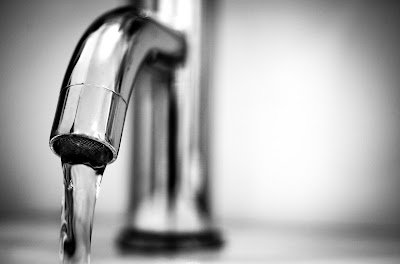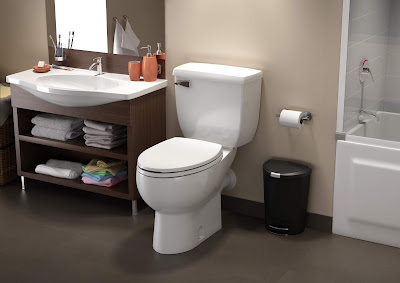Language:
5 Plumbing Problems and How to Fix Them
Blog 08/30/2018

Dripping faucets
Dripping or leaking faucets is a common plumbing problem which most homeowners have experienced at one point or another. Besides the irritating sound of the constant “drip, drip, drip,” a leaky faucet can result in thousands of litres of wasted water over the course of a year, negatively impacting both the environment and your wallet.
-->
This usually occurs because the internal washer has become stiff, worn out, torn or dislodged and needs to be replaced. It’s an easy fix if you have the right tools (wrench, screwdriver, lubricant, replacement parts) – just remember to always shut off the main water supply before starting a repair!
Clogged drain
Another common plumbing issue is a clogged or blocked drain restricting the flow of water, and most often occurs in the kitchen sink or shower/bathtub drain. This may be the result of trapped food or debris, or hair and soap residue that has built up over time.
Depending on the size of the blockage, the problem is usually simple to fix without the help of a professional plumber. Mix household baking soda and vinegar and pour it down the blocked drain to clear away the blockage. You can also use a chemical drain remover. If this doesn’t work, a plunger or drain snake will often do the trick.
-->
Removing a clog can be a messy task, so be sure to wear gloves, protective eyewear and appropriate clothing that you don’t mind getting dirty. To help prevent future clogs from forming, use a drain guard to catch food, hair and other debris before it enters the drain.
Low water pressure
Does your tap resemble a slow stream rather than a gushing waterfall? Beyond being an annoying problem (especially when trying to wash your hair), your low water pressure may be caused by leaking or broken pipes, which can lead to more serious plumbing issues. Low water pressure may also be caused by sediment buildup and mineral deposits on the faucet aerator.
If it’s the later, simply removing the showerhead, faucet head or aerator and soaking it in vinegar will remove this buildup. If you continue to experience low water pressure, it may indicate that there is a leaking or damaged pipe somewhere, in which case you should call a plumbing professional.
-->
Replacing the showerhead or faucet head with one that helps improve water pressure is another solution.
Frozen or burst pipes
A burst pipe is a serious plumbing issue and can cause significant water damage to floors, walls and furniture. This is a concern in the winter when leaky pipes burst because they freeze in cold temperatures, and then expand.
As a preventative measure, allow faucets which are connected to exposed pipes to drip slightly since moving water is less likely to freeze. You can also turn off the main water valve to the home and leave the faucets open.
Maintaining a consistent thermostat setting throughout your home rather than letting the temperature fluctuate can also help avoid freezing.
--> If you do have a burst pipe, turn off the main water valve immediately and call a plumber.
No plumbing rough in
Want to relocate or add a plumbing fixture in your home where no plumbing rough-in currently exists? Traditional plumbing installation will require taking up the floor and breaking the concrete slab, digging new trenches, and running new pipes – all of which can be costly, time-consuming and problematic.
A better solution is to install a SANIFLO® system, which can be easily and quickly installed on top of any finished floor surface, without having to break up the floor. SANIFLO drain-water pumping systems and macerating products allow homeowners to add a sink, toilet, shower/tub, washing machine and more, almost anywhere in the home for a fraction of the cost of traditional plumbing installations.
The SANIPLUS® macerating system can handle the effluent from a toilet, sink, bathtub, and/or shower, and is ideal for creating new bathrooms in the home.
-->





